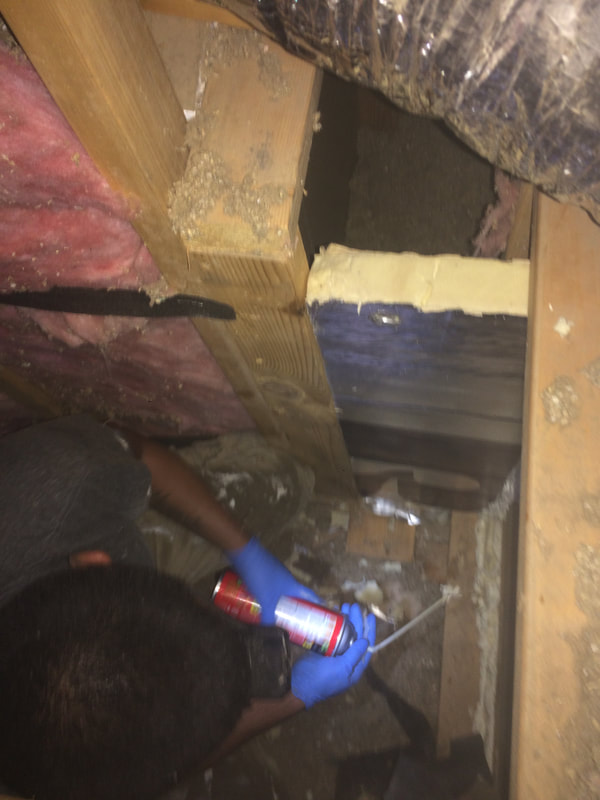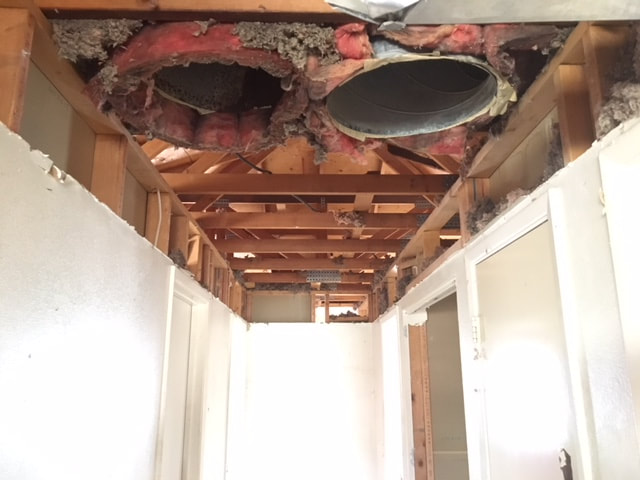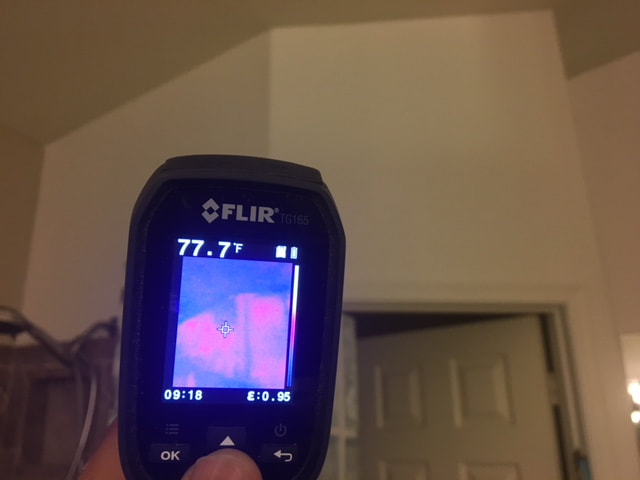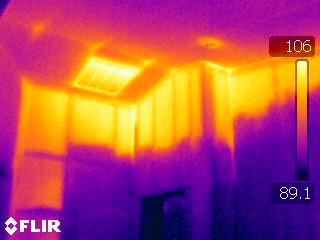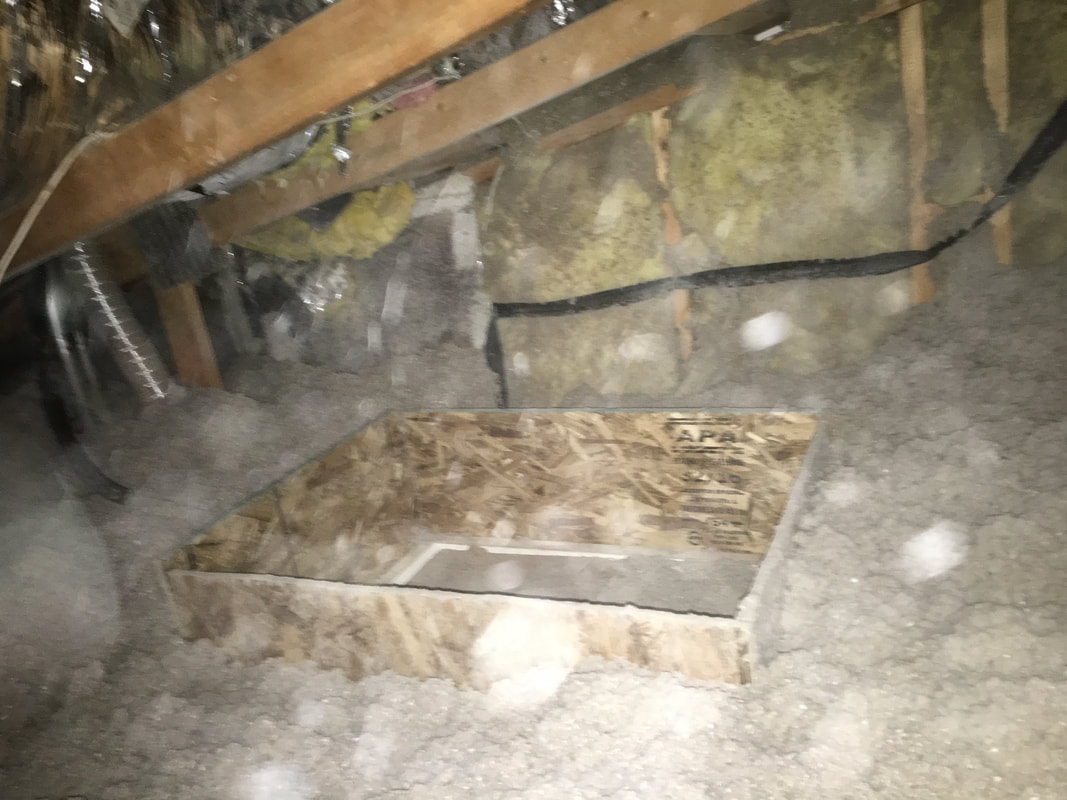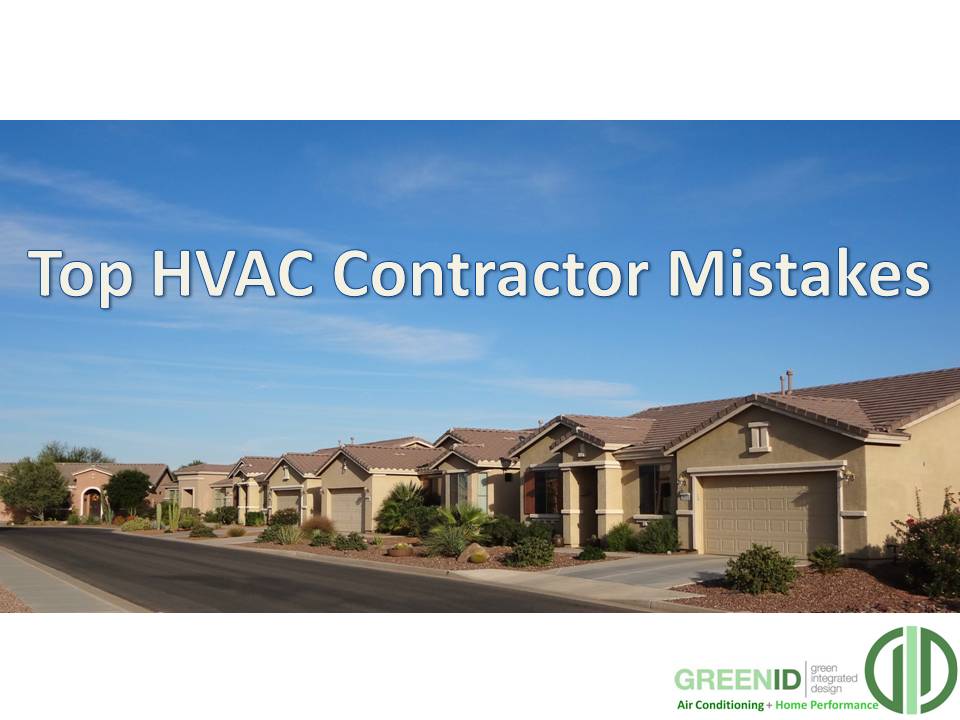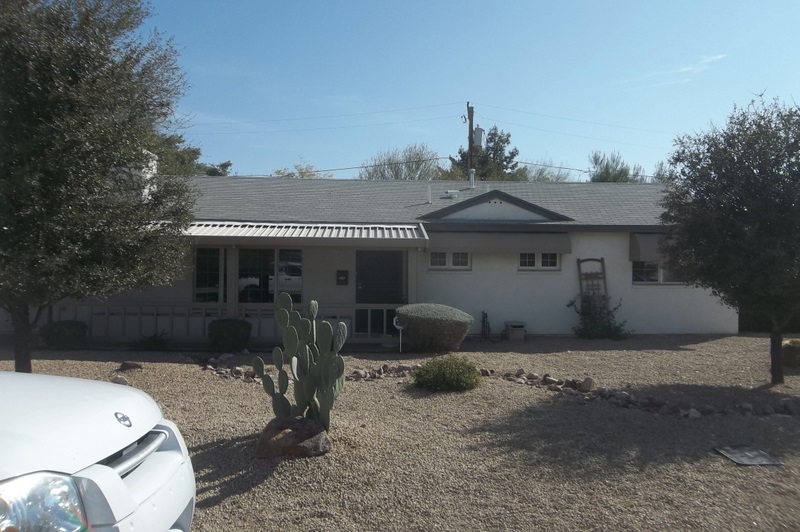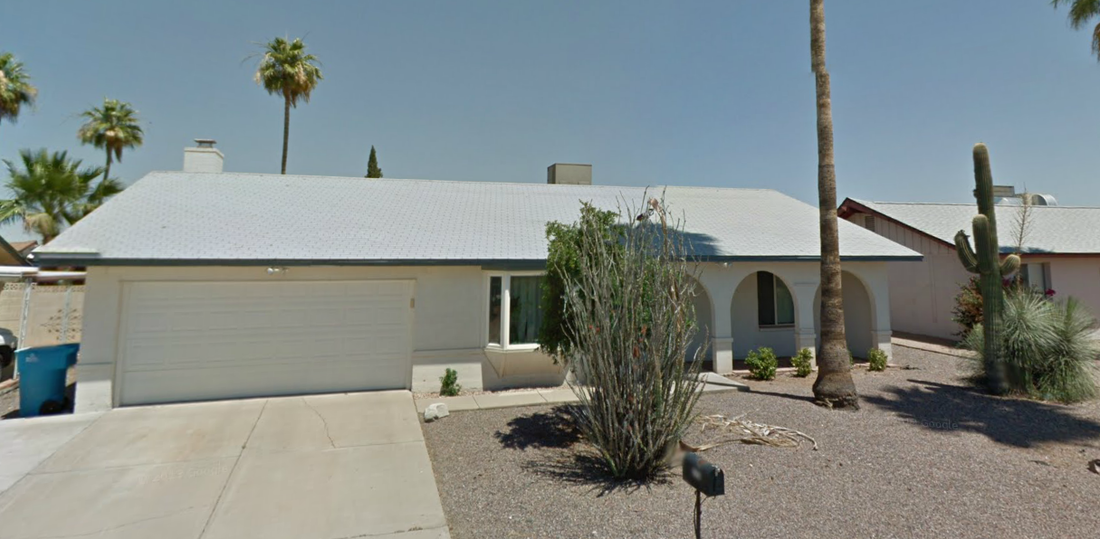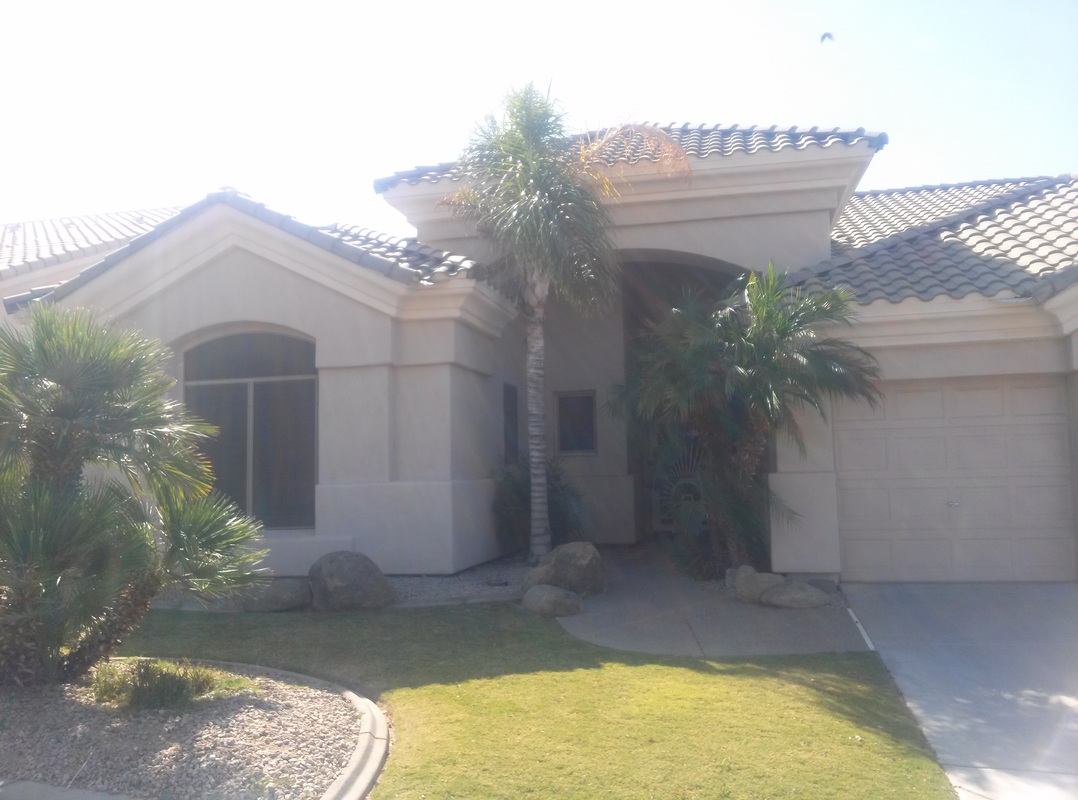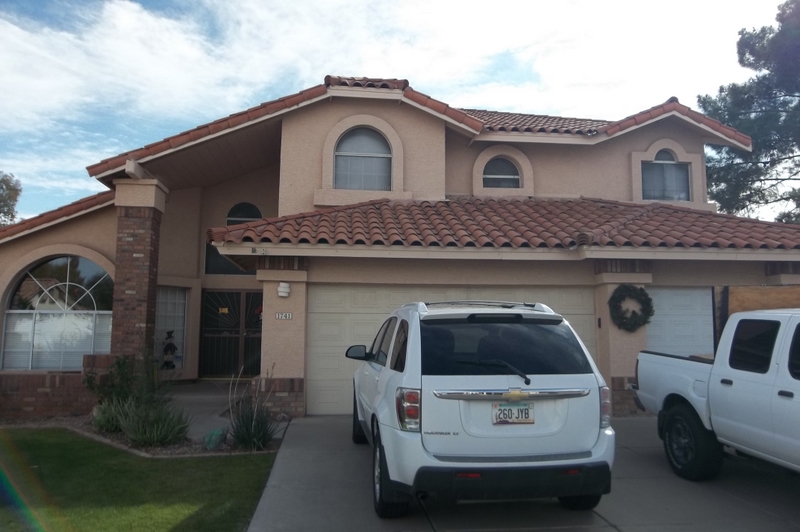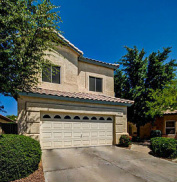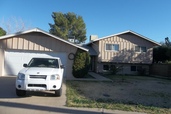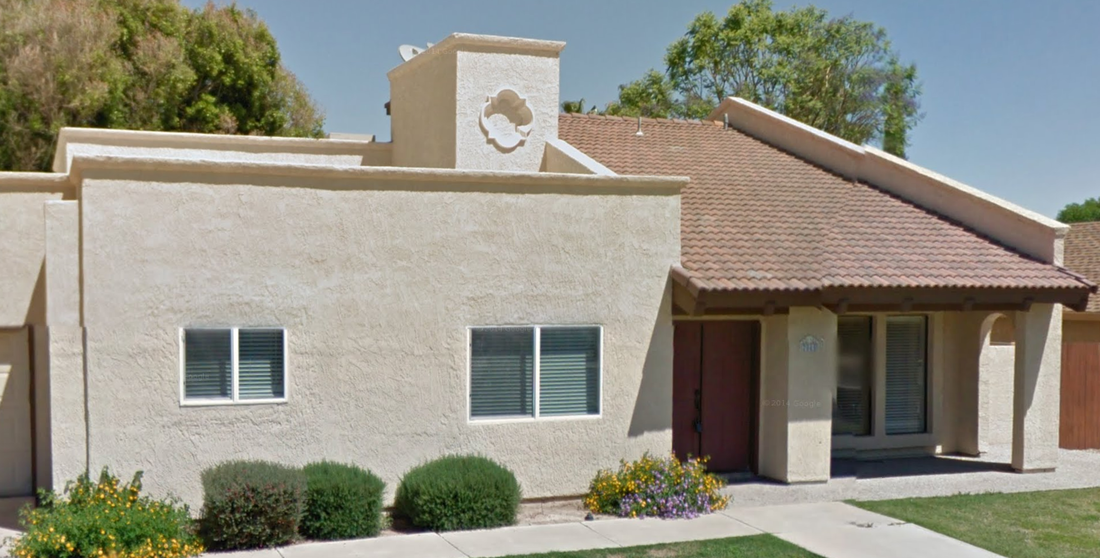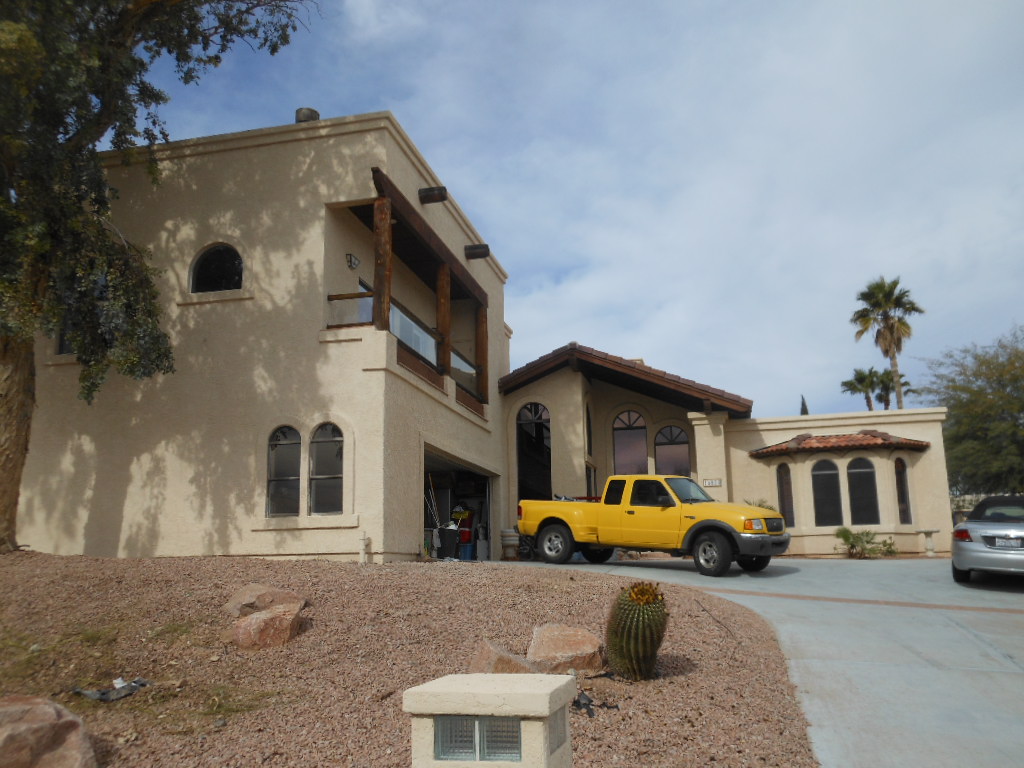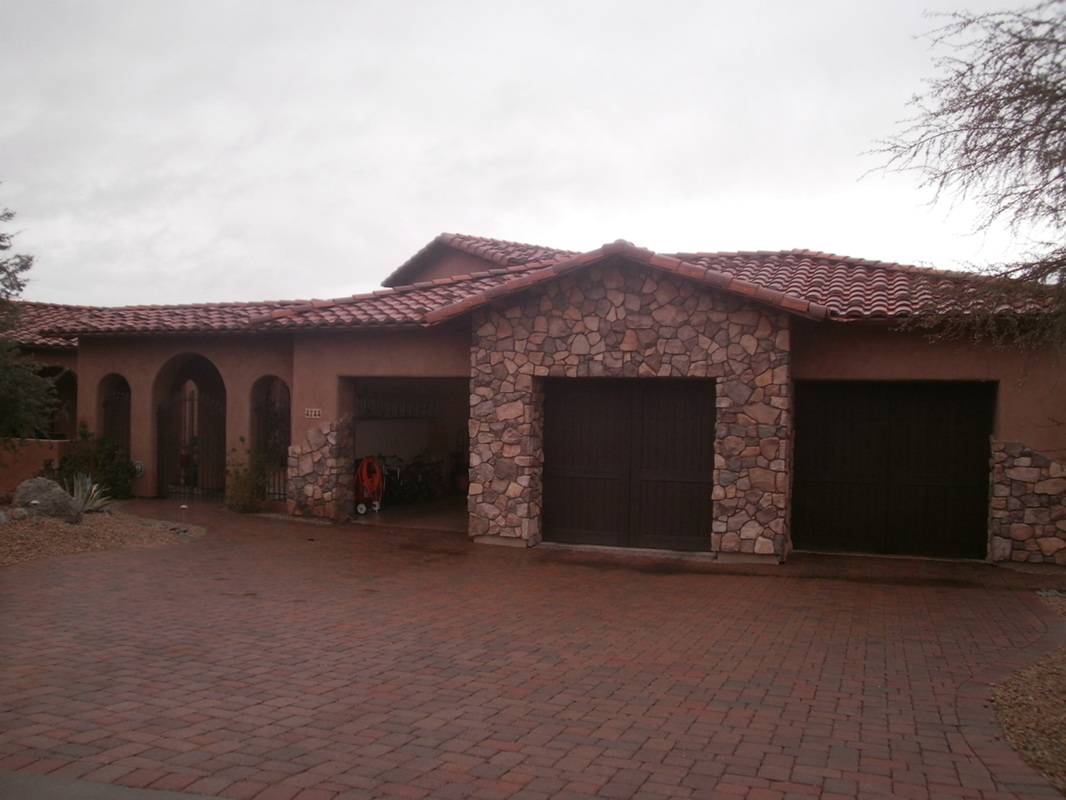|
With APS lowering their rebate amounts, it’s not all bad news. SRP customers were delighted to hear their SRP rates were lowered this past summer and now the SRP rebate program has increased. Even if you have had an SRP energy audit in the past but have not done any upgrades, your home would qualify for these new rebate amounts. Homes must have an energy audit performed by a company like Green ID to qualify. Beginning November 1, 2018 SRP homes having duct sealing or insulation upgrades performed can enjoy increased rebates! See the table below for SRP new rebate changes. SRP Rebate Program Changes
The SRP shade screen rebate will remain the same at $0.80 sq ft, as will the energy efficient air conditioner rebates from $400-$800 and Nest thermostat rebates of $75. Can I Submit My Own SRP Insulation Rebates? The SRP Home Performance With Energy Star program provides rebate incentives for homeowners who have a certified energy audit performed on their home for only $99. Once the energy audit is complete, the contractor will provide recommendations to improve the comfort, air quality and energy efficiency of the home and facilitate SRP rebates on the homeowner’s behalf. Homeowners are not able to apply for the insulation or duct sealing rebates themselves under the program. The energy auditing contractor must create a HPXML file to submit to SRP with the house specifications in order to qualify for the rebates and the rebates can either come off the top of the cost or be assigned to the homeowner. SRP typically takes 2-6 weeks to process the rebate checks. Homeowners that choose to do the insulation themselves will not qualify for the insulation rebate as contractors are trained to meet Energy Star’s strict installation requirements. There are several critical items that must be done for every insulation job to make sure the insulation is not compromised because when it comes to blowing insulation, the preparation is almost as important as the depth.
By doing these upgrades before you insulate your home, you’ll be sure to have a properly sealed and insulated home. Will My Home Qualify For An Energy Audit? Not every home needs an energy audit however most homeowners are misled into thinking they need to replace all their windows or go solar to reduce their energy bills. By having an energy audit done on your home, you are getting a comprehensive test of the house to find the true problems. We don’t send a commissioned sales person to do a “free inspection” and then turn around and use the same recommendations on every home. Our auditors actually spend 2-4 hours in a home, just performing our tests that measure airflow, room pressures, HVAC efficiency, duct leakage, air leakage and so much more. Only then, based on our numbers will we recommend solutions for your home. I tell homeowners all the time, if we find that your home is in good shape, our auditors will let you know that. There’s no games with our energy audits and that fact that most of our energy auditors have been with Green ID for 6+ years is a testament to their expertise. We also complete and apply for all the rebate paperwork on your behalf and even take the cost of the rebate out from the start. To find out if your home is a good fit for an energy audit, complete SRP Home Analyzer form and see where your home stands.
Be sure to take advantage of SRP rebate increase while it lasts because in recent years, SRP rebate amounts have varied and decreased much more than increased.
7 Comments
Here are 9 tips from Green ID to make sure you’re not gobbling up too much energy this Thanksgiving! 1. Turn it down!
If you’re planning on having plenty of people over for your feast, lower the thermostat a few degrees before they arrive. The combination of warm guests and food will compensate for your decreased temperature. 2. Your refrigerator is running... Take a look at your refrigerator doors! Firstly, keep an eye on them to make sure that they are closed firmly. Secondly, test them to make sure the gaskets are in good shape. You can do this by closing the door on a dollar bill. If the dollar bill falls out or can be pulled out easily, your seals may need to be adjusted or replaced. 3. Check your pans! Keep the lids on your pots and pans while cooking! This technique keeps more heat in and allows you to lower the heat of your burners a bit! 4.Use the microwave. Go with your microwave instead of your oven when you can. Your microwave uses less than half the amount of energy that your traditional oven does and it cuts down on time. 5. You do not always have to preheat... Preheating isn’t always necessary. Your oven doesn’t need to preheat when you’re using it to broil or roast. When your oven does require preheating, allow it to preheat for just five to ten minutes. Preheating the traditional oven for five to ten minutes should be plenty of time. 6. Close that oven door! Keep that oven door closed! Every time you open that door up to check on your dish a large amount of heat is lost and it takes a considerable amount of energy to restore the heat in the oven. 7. Make your cooking time count. Cook as much of your meal at one time as you can. While using your oven, try to cook multiple dishes at one time. Even if the cooking directions say that they’re supposed to be cooked at different temperatures, they can often be cooked together. If dishes are cooked within 25 degrees F of the directed temperature they will turn out just as good! 8. Self-cleaning is not always necessary. Avoid using the self-cleaning option on the oven. Unless a deep clean is completely necessary, stay away from this feature. Instead, use a damp cloth with some dish soap. If you do decide to use this feature, start it right after you finish cooking while the oven is still hot. 9. Cool the Leftovers. Allow your leftovers to cool down before putting them in the refrigerator. Letting the foods cool off a bit before placing them in your fridge means that it won’t need to work as hard or long. You can find great heating and air conditioning contractors of all sizes. What makes a great HVAC contractor? Experience, caring about the quality of the work and good customer service are the magic ingredients that are easier said than done. Even if a AC contractor has all these ingredients that make up a great technician or contractor they probably do not have the experience or know how to solve home performance issues like the comfort problems or high energy bills. Many AC contractors default to adding a return in a hot room or blow and go (just blowing more insulation in the attic on top of whatever is existing) and it can leave homeowners short... not solving their comfort or efficiency issues.
Lack of Home Performance Know-How Call it the Achilles heel of the HVAC industry but AC contractors have all but ignored home performance even though it has huge impacts on the effectiveness of new and existing AC units. Air conditioning contractors are getting pushed out of their comfort zone with home performance. Now not all AC contractors ignore the elephant in the room but many small and large AC companies do. How do we know this? When you perform over 2000 home energy audits you get to see all sorts of situations and get to fix all kinds of messes left over by HVAC contractors. Someone homeowners have trusted AC contractors who are highly recommended and put on a well deserved pedestal but talk to them about home performance, the HVAC poster child can turn into the jealous step sister Drazella and can end up making themselves look like fools. We have seen countless homes that have had "energy audits" done by HVAC contractors and who were supposed to have done home performance work including duct sealing, air barrier sealing, air sealing and insulation realignment. I was shocked to discover duct board put in the wrong location to create a thermal boundary in the attic and the AC contractor charged the customer for this! Their home performance work was done all wrong. Wrong Airflow Recommendations Installing a new high efficiency air conditioner is only as good as the old ductwork that is in the attic. In older homes, air conditioning systems were designed to match the old HVAC system and have the opportunity to be upgrades with the new unit. Too many air conditioning contractors just consider the unit, and ignore the ductwork. If the ductwork is only sized for a 4 ton system, but you are putting a 5 ton AC system on, your home will home get 4 tons of air! In Phoenix, this happens way too often and it leads to comfort, air quality and high energy bill complaints. We've seen that air conditioning contractors typically love to add a return in a room when homeowners have a hot room in the summer time. We rarely see this work out as a good solution though, more often we are the ones getting calls from homeowners still having issues that are not fixed and AC contractors know just enough to make the problem worse but not enough to actually fix it. Proper airflow recommendations can fix a hot room, but it takes a whole home approach and the experience to know which recommendations to install. For HVAC contractors This section is for air conditioning and heating contractors to help understand and practice home performance more proficiently. Just like it would be silly for homeowner to buy a set of gauges and interpret temperature/pressure charts without knowing what they are doing, without an understand of how a home works as a system, specific upgrades like insulation or ductwork sealing can be meaningless or worse, even harmful to a homeowner. To take it a step further, even if the owner of the company becomes BPI certified to do energy audits, an install crew that is used to doing new AC installs day in and day out, may be clueless as to how to create a proper thermal barrier in the attic, or how to run a room pressure test to measure the effects of air sealing a home. Without careful planning and oversight of a crew, their energy efficiency installation work can be a waste of a homeowners money. What commonly happens is that the AC contractor performs an energy audit with an agenda but their recommendations come out narrow and cookie cutter... they are the same for each house. Then the installation crew that does the work doesn't know how to do it properly or has too little oversight to correct mistakes as they occur and the work is done wrong. In the home performance, energy efficiency industry we have a saying that "99% right is 100% wrong" and it's critical that energy efficiency work gets done right the first time. Why? Well when you blow a bunch of insulation over bad work, it becomes hard to find the mistakes and we may never get a second chance to fix the contractors problems. Unless you are doing the work yourself, or can check it was done right before and after the insulation goes in, it's best not to get into home performance because you are likely hurting more customers than helping them. While there is no denying that home performance and heating and air conditioning are complimentary and should be done as pairs, home performance is a different animal entirely and requires staff dedicated to its success. That means if you decide to offer home performance upgrades, you'll need at least one dedicated staff to perform home energy audits, lead a crew to ensure the job is done correctly and set up systems and checks to ensure that it gets done right the first time. What systems and checks should you use? That answer is found from actually doing the field work and learning where the pitfalls are and where guys most often make mistakes or take shortcuts, find hiring a manager who has that experience. There is nothing wrong with offering to add another return to a hot room, or dabble in airflow recommendations but just realize that no one solution is likely going to solve your customers true issues like a whole home performance solution can.
|
Sign Up For Your Home Energy AuditFIND YOUR HOME TYPERanch HomesSingle Story, Spec HomesTwo Story, Spec HomesTri-Level HomesPre-1990 Custom HomePost-1990 Custom HomeDon't See Your Home? Find Your City Below!Archives
April 2024
Copyright Notice©2009 – 2023
All Rights Reserved |


